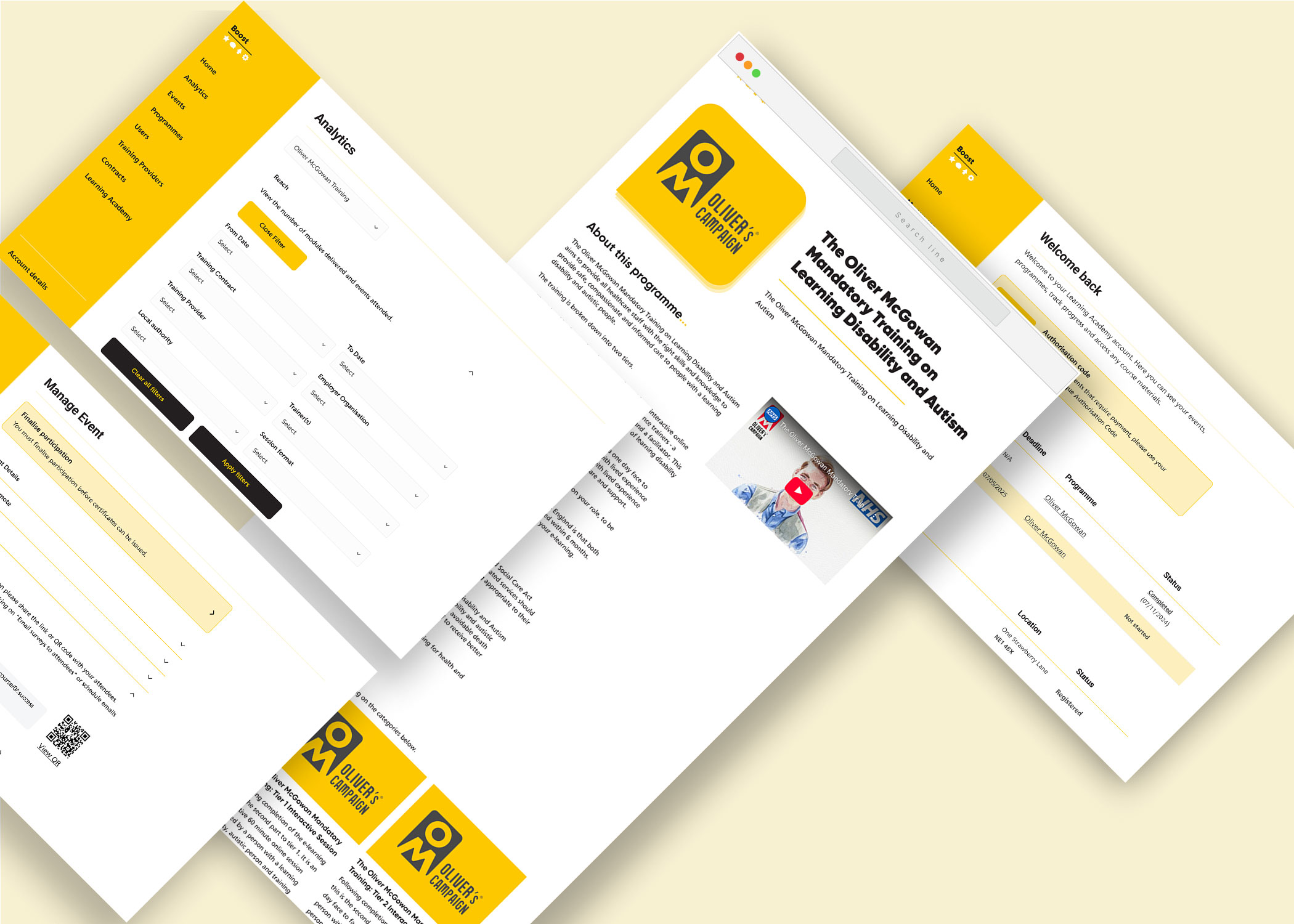We combine our digital skills with your expertise to deliver meaningful solutions.

Our case studies

Learning Academy for NHS NENC ICB
A lightweight, end‑to‑end training platform empowering health & care professionals across North East & North Cumbria

.avif)
Open Food Network Case Study
The Food Data Consortium partnered with us to build a Shopify integration, enabling local food networks to scale efficiently

Building a Secure KPI Assessment Platform for Personal Development
We redesigned and rebuilt Andiron's Key Polarity Indicator (KPI) Portal - a secure platform for managing self-assessment tools that help individuals understand and navigate personal and professional dualities.

UTAW: Driving Innovation and Engagement
Redesigning United Tech and Allied Workers (UTAW) Website
.avif)

Manchester University
Developing an Online Tool for Measuring Volunteers personal and professional development


The Scouts Association
Innovating an open-source web app to help volunteers improve their digital skills
.avif)
Chiltern Music Therapy - Website
Illustrating the transformative impact of Music Therapy through a website that deepens target audiences understanding of the services provided
.avif)
Chiltern Music Therapy
Creating a secure multimedia platform for therapists and their patients to work on their therapeutic goals online
.avif)
Shannon Trust: Empowering Literacy in Prisons with Turning Pages
Building a website to exhibit the empowering work Shannon Trust does in prisons and the community, raising awareness about their vision
.avif)


Earwig
Building a powerful reviews platform setting new standards for workers in the construction industry

Better Planet Education
We helped YPTE evolve into Better Planet Education, crafting an engaging website with seamless migration.

Kidney Care UK
Building a kidney patient support charity's software to provide a step-by-step guide to claiming Personal Independent Payment (PIP) benefits.
.avif)

Hyde Foundation
Creating an award-winning reusable tool to guide people through the process of claiming Universal Credit